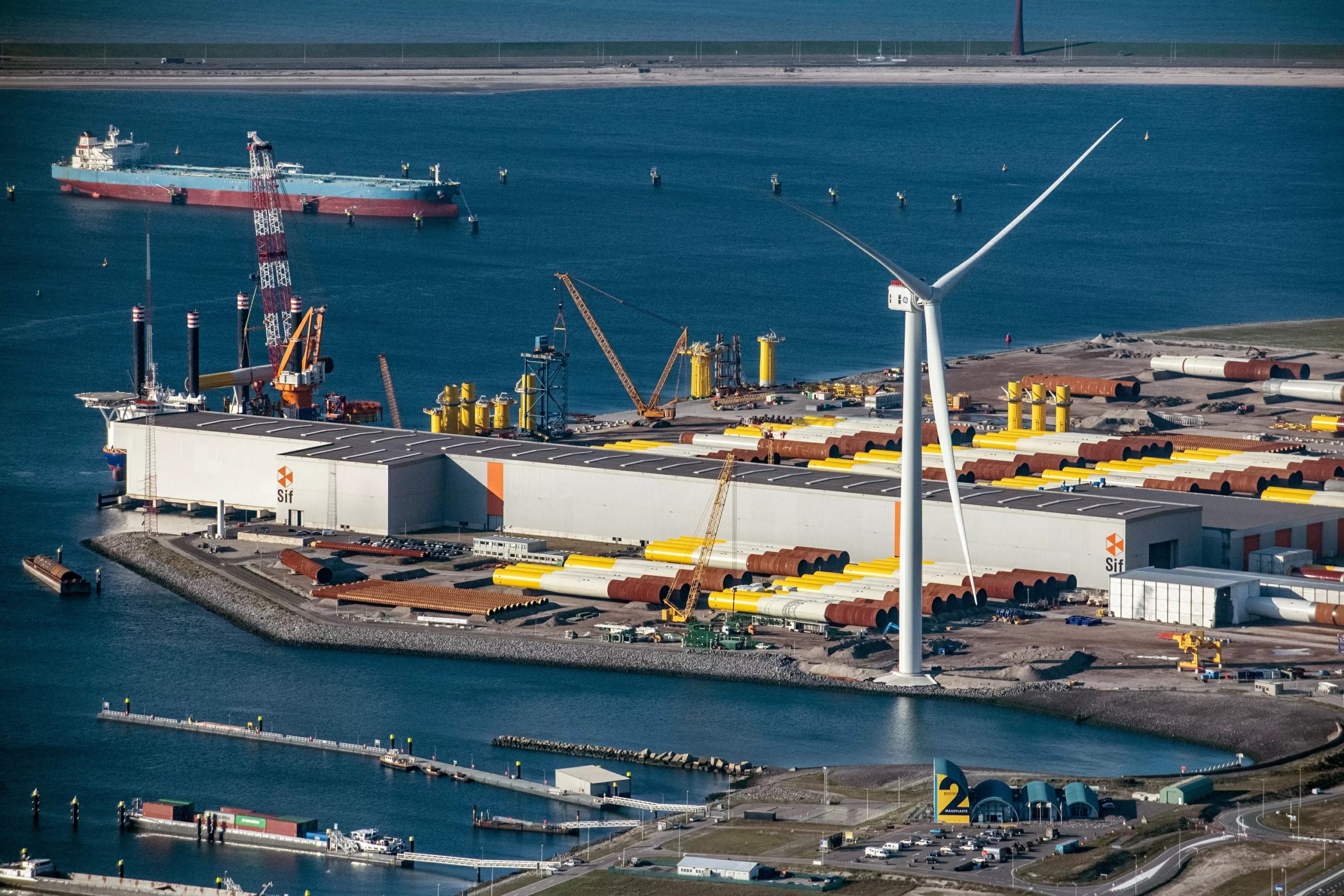
Together with GE Renewable Energy and LM Wind Power, the Netherlands Organisation for Applied Scientific Research (TNO) is building a gigantic test facility for rotor blades in Wieringerwerf, in the north of the province of North Holland. The facility will consist of a full-scale wind turbine where rotor blades over 200 meters in diameter are to be tested. TNO announced this today in a press release.
According to TNO, it will be the largest test facility ever built. R&D-manager Peter Eecen from TNO EnergieTransitie states that this is necessary because offshore wind turbines, in particular, are getting bigger and bigger and therefore pose unprecedented technological challenges.

Eecen: “Larger turbines are essential to shape the much required energy transition. Without innovations, larger turbines would become too heavy and too expensive to be commercially viable. Fast-paced innovation in wind turbine blade and rotor design, materials, construction and manufacturing have made the up-scaling of offshore wind turbines feasible and attractive around the world.”
A new generation of windmills within a few years
TNO wants to continue in this vein with its two partners: “The tests, experiments and calculations that we are now initiating should result in turbines that will have a place among offshore wind farms in a few years’ time.”

“When it comes to the innovation of rotor blades, for example, you have to bear in mind materials that reduce the weight of those colossal blades. Ultimately, the goal is to achieve the highest possible energy yield at the lowest possible cost.”
As Eecen puts it: “You can’t keep on making turbine blades bigger and bigger with impunity. They become too heavy and too expensive and then it is no longer interesting for manufacturers or wind farm manufacturers. The trick is to come up with an innovative design that strikes an ideal balance between a lighter load on the structure and high yield – all at an acceptable cost. If successful, the cost of wind energy per kilowatt-hour will be lower. This makes offshore wind energy increasingly more interesting in an economic sense. And that, in turn, contributes to the acceleration of the energy transition.”
The Dutch Ministry of Economic Affairs
The new test rig, which should be ready in November, is co-financed by the Dutch Ministry of Economic Affairs under the auspices of the 4-year STRETCH program that has been working with General Electric (GE) Renewable Energy and GE subsidiary LM Wind Power.
The following goal is to further scale up the rotor blade to a diameter of about 230-240 meters. This is still 220 meters in the case of the Haliade-X, which was designed together with GE. Eecen: “That means stepping into undeveloped aerodynamic terrain. Research must show what forces are exerted at those lengths and what consequences this has as well as the load capacity of the rotor hub and its connected blades.”
GE, which is American in origin, is one of the largest global manufacturers of wind turbines after Vestas, the Danish market leader. The others in the top 5 are the Spanish-German consortium SiemensGamesa and the Chinese companies Goldwind and Envision. If you were to only focus on offshore turbines, SiemensGamesa has the largest market share.
There is also a bit of a competition going on between SiemensGamesa and GE as to who has the largest offshore windmill. Up until the start of this year, the Haliade-X was on top, but in May, SiemensGamesa took the lead again with a windmill featuring a rotor blade with a diameter of 222 meters.








